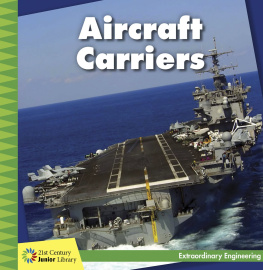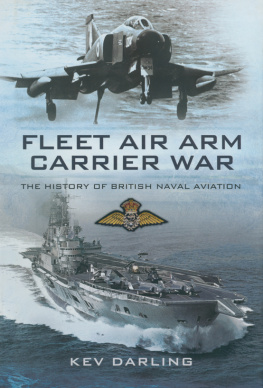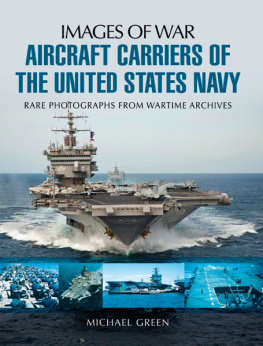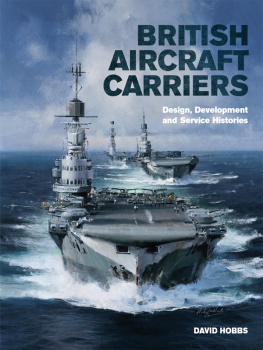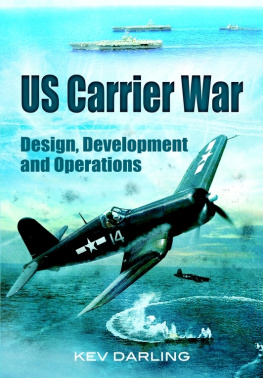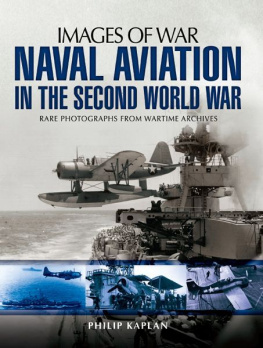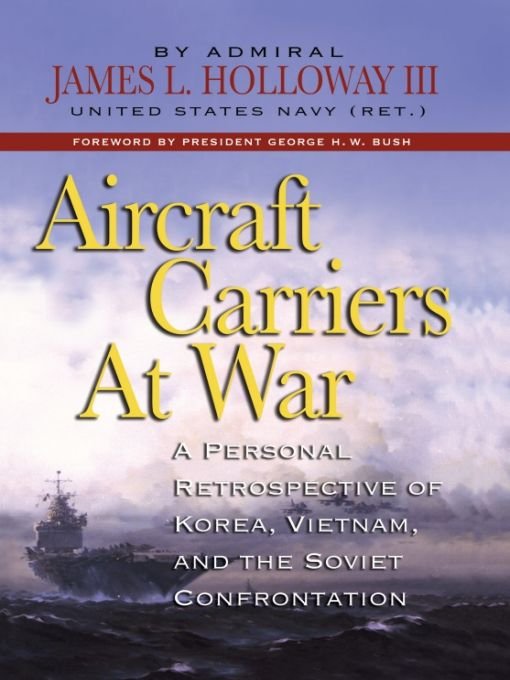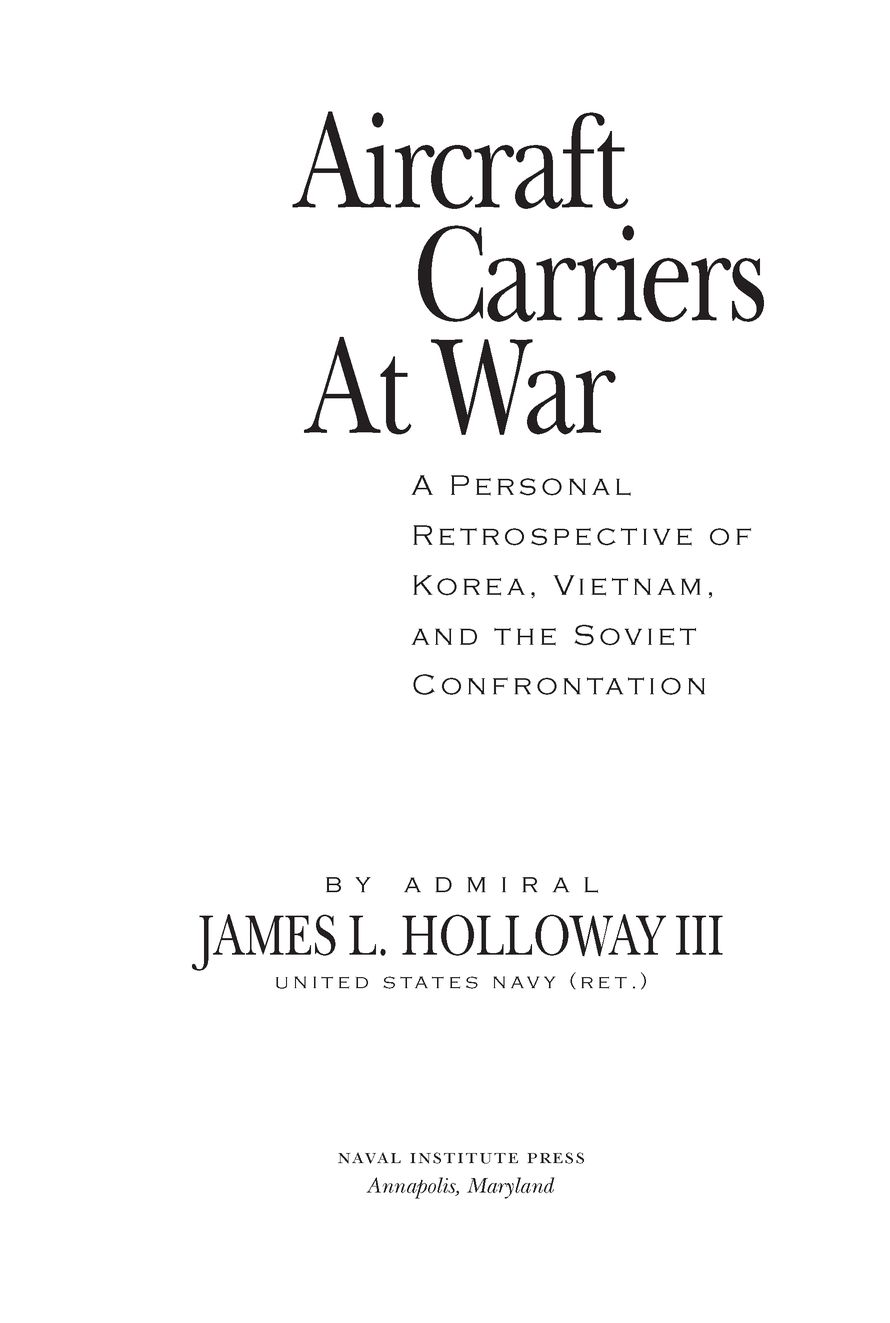Table of Contents
This book is dedicated
to the carrier aviators of the
United States Navy
FOREWORD
George H. W. Bush
There are few people as well qualified as Admiral Holloway to write this special book about the Cold War, one of the most fascinating chapters in our countrys relatively young history. Drawing upon examples from his personal experience, Admiral Holloway gives his readers a front-row seat to many of the dramatic and strategic decisions made by our political and military leaders that held the Communists in check and led to the collapse of the Soviet Union in 1991.
From ensign to admiral, through World War II, Korea, Vietnam, and the nasty little skirmishes of the Cold War, Admiral Holloway served in the front lines in both operational and policy positions. It has been said of Jim Holloway that his destroyer was shot up by the Japanese in World War II, his plane shot down by the Chinese in Korea, and his flagship shot at by the North Vietnamese.
I was long an admirer of Jims from afar but had a chance to work with him personally when, in 1985, he served as executive director of the presidents Task Force on Combating Terrorism. In 1986, I appointed him special envoy to the Middle East to resolve a territorial dispute between Bahrain and Qatar. Long before anyone had ever heard of Al Qaeda, Jim knew and understood the terrorist threat and was working behind the scenes to keep our country safe.
His lucid views of the grand scheme of things are enlivened by firsthand accounts of combat and tactics. The breadth of Jims experience, and the depth of his wisdom, gives the reader a remarkably broad perspective of naval warfare from cockpits to capitals. Its an incredible journey through a period of history that scholars and academics have barely begun to examine. Admiral Holloways book gives all of us a head start on understanding how and why the Cold War was won.
PREFACE
Where are the carriers? That question, the essence of this retrospective, was made memorable during the Cold War by Henry Kissinger, national security advisor to President Richard Nixon and, later, secretary of state under both Nixon and President Gerald Ford. Where are the carriers? were Henry Kissingers customary opening words to his staff and colleagues upon joining an emergency session of the National Security Council during the Cold War. The purpose of Kissingers query was to pinpoint the location of the nearest source of U.S. military power, ready and available to serve as an effective first response to the crisis at hand.
It was the aircraft carrier and its battle group that offered a full set of options, from mere military presence to warfare on arrival, either showing the American flag or operating clandestinely. The carrier was able to use conventional weapons or employ nuclear arms and always had access to the crisis area without needing permission from another sovereign nation to enter it. Designed to be powerful enough to establish U.S. military dominance immediately upon arrival, it had the staying power to remain in the theater until reinforced or relieved.
These assets were the diplomatic and military options the National Command Authority would have as its alternatives with the closure of the Navys carrier battle group. This was the portfolio of capabilities within the role of the U.S. Navys carriers throughout the Cold War and as employed in all of its phasesKorea, Vietnam, and the Soviet confrontation. In the early days, the Cold War was the test bed for the genesis of the postWorld War II carrier force, from which evolved the tactical structure of the U.S. Navy as it transitioned into the twenty-first century.
The confrontation with the USSR was the first global crisis, and the Korean War was the first military conflict to be faced by our country after the creation of the U.S. Air Force by the 1947 National Security Act. There was, as would be expected, substantial involvement on the part of the Department of Defense and interest among the American public as to how the changes would affect the operations of the air combat components of the war, especially regarding cooperation among the services and support of the ground forces.
With the advent of the U.S. Air Force, air power advocates had pushed to have the new service absorb virtually all airborne missions, including those in the maritime environment that the U.S. Navy had expected to retain and exploit. These issues transfixed Congress in the 1949 B-36 hearings, during which the relative capabilities and merits of carrier aircraft versus land-based heavy bombers and whether naval aviation should have a future role in carrying nuclear weapons were debated. An outcome of these hearings was the cancellation of the Navys first postwar carrier, the United States, and the so-called revolt of the admirals, which culminated in 1949 with the firing of the chief of naval operations, Adm. Louis Denfeld.
By 1950 the Navy was facing a reduction in its 1951 force levels to five fleet carriersthat is, carriers that could operate first-line jet aircraft. Then, with the remobilization that took place after the start of the Korean War and the overwhelming need for tactical aviation, a total of nineteen Essex-class carriers were taken out of mothballs, put back into commission, equipped with air groups, and deployed to the operating fleets. A total of twenty-one carriers of all types ultimately served in the conflict, and carrier aircraft flew more than 30 percent of all combat sorties during the Korean War.
In retrospect, historians generally now agree that the Korean War could not have been won by air power alone. There is also consensus that without tactical aviation as a component of the combined-arms support for the ground forces, the enemy could not have been stopped. Without complete air superiority, the UN would have lost the war to the Chinese.
The Korean experience demonstrated the continued viability of carrier-based air power. Carrier force levels remained at about twenty-five large carriers until the postVietnam War drawdown. However, this resurgence of the fleet aircraft carrier would not have occurred unless it had been possible to modernize these ships to handle the new jet aircraft that were transforming military aviation. When the first jet squadrons were deployed aboard the fleet carriers in the early postWorld War II years, the results were not impressive. Naval aviation worked hard at the task, and in spite of seemingly insurmountable technical obstacles and daunting operational problems, the introduction of jet operations into the postwar carrier fleet was successful.
By July 1950, when the Valley Forge launched the first carrier strikes into Korea, each fleet carrier had been equipped with two squadrons of jet fighters. The first jets were the Grumman F9F-2 Panthers, soon followed by the McDonnell F2H-2 Banshee. These early Navy fighters were not as capable as the Air Force F-86E, which was able to match the Communist MiGs to ensure that air superiority would reside with the United States and its allies. Yet by the time the Navys fleet carriers were deploying regularly in the Cold War, in the late summer of 1950, all of the embarked aircraftPanthers, Banshees, and Corsairshad proved capable for their mission, and the Douglas AD-2 Skyraider had no equal in any air force for close support of ground forces.


